
If you happen to be a perfume aficionado, it’s likely that you already know the basics of the modern history of perfume. You know that Coty and Guerlain were the first companies to mass-produce perfume, you should know that Chanel No 5 smashed sales records and made perfume history, and you might even understand how the scents marketed by famous women such as Elizabeth Taylor and Katy Perry have defined the perfume markets for decades. However, the slick glass bottles and airbrushed celebrity campaigns of today’s perfume counters belie a strange history that dates back thousands of years – and involves chemicals derived from the butts of dead cats, the Plague and whale vomit.
The history of perfume is a lot more than the history of humans trying to smell nice – it’s a history that is filled with much strife and innovation. The ingredients that are used to create scents have historically been important for trade routes; high-class scents have always been used as a way to distinguish nobility from peasantry, and fragrance has been tied to expressions of religious devotion, cleanliness, and health precautions for most of the history of human civilization.
Below are some of the ancient origins of perfume. Take a look at them, and then take a look at your own collection with relief.

The Egyptians loved perfume, and they used it for both ceremonial and beautification purposes: fragrance was believed to be the sweat of the sun-god Ra. They even had a god of perfume, Nefertum, who wore a headdress made from water lilies (one of the most popular perfume ingredients of the time).
If you were a king or someone else of high status in Egyptian society, perfume would have been part of your everyday life, smeared on you in the form of scented oil to keep you smelling nice. At the moment, the University of Bonn is currently trying to recreate a pharaoh’s perfume from 1479 BC, based off its desiccated remains found in a flagon – chances are that it will be sticky and smell heavily of river botanicals and incense.
Egyptians imported huge volumes of perfume ingredients from Punt, a region of Africa which specialized in aromatic woods and myrrh. This was basically the equivalent of the United States and China striking a million-dollar trade deal for sandalwood.
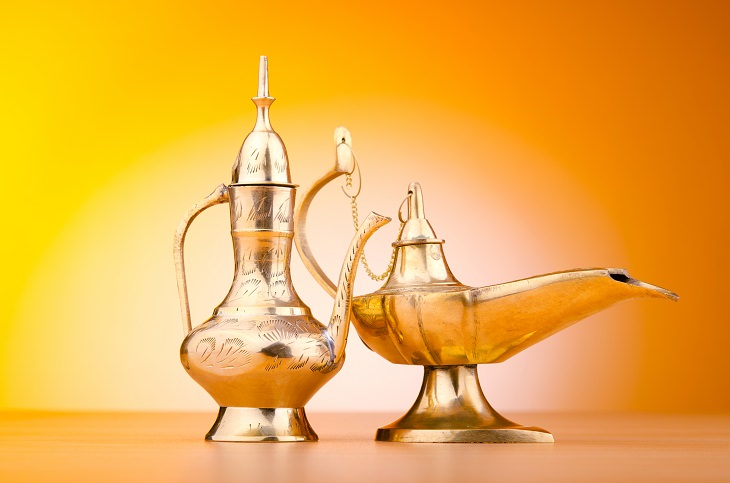
Ancient Persian royalty was heavily invested in perfume – so much so that in Persian art it was common for kings to be pictured with perfume bottles. The legendary rulers Darius and Xerxes are shown sitting comfortably with their perfume bottles and holding perfume flowers in their hands. This would be the equivalent of Prince William having a Burberry fragrance contract.
The Persians dominated the perfume trade for centuries, and many believe that they invented the distillation process that led to the discovery of base alcohol. One thing we do know is that Avicenna, the Persian chemist, doctor, and philosopher, experimented extensively with distillation to try and make better scents, and was first to work out the chemistry behind perfumes that weren’t oil-based.
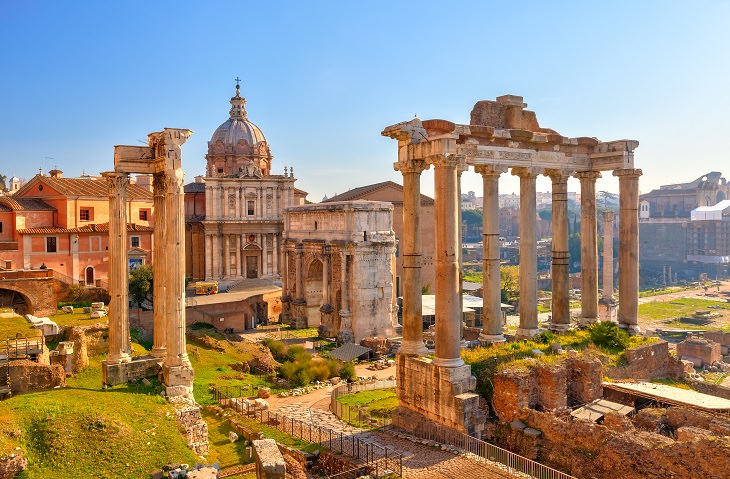
So many ancient Roman and Greek perfume recipes have survived that it’s actually possible to recreate ancient perfumes in our modern era. The ancient Greeks and Romans carefully documented their perfume-making processes.
In fact, there’s even a mural in a perfume-maker's house in Pompeii that documents the process of making Greco-Roman perfumes. First the oils were made by pressing olives, then ingredients such as plants and wood were added to the oil using meticulous measurements, this was then left to steep so that the oil could take on the scent of the ingredients.
Perfume was often used in ancient societies to bring believers closer to the gods. However, scents weren’t just used for religious purposes: they were everywhere. If we were to take a rough guess, by 100 AD Romans were using 2,800 tons of frankincense a year, and perfume was used in beauty products, public baths, and even on the soles of feet.
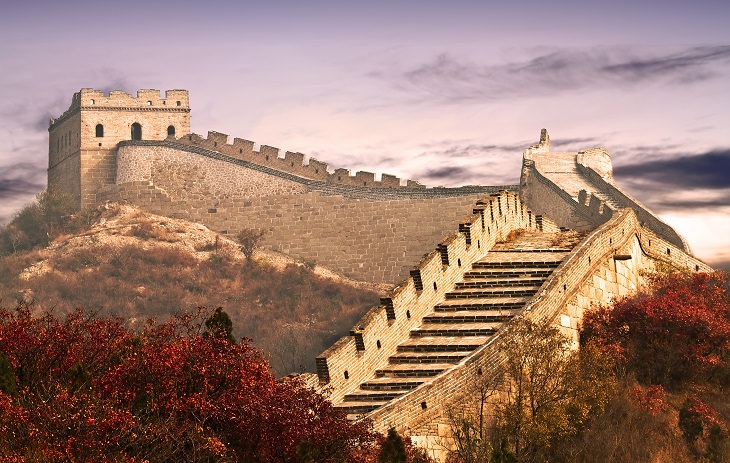
The ancient Chinese utilized scent by burning incense and fragrant material instead of wearing it on the body. Histories of the use of scent in Chinese society tend to emphasize that perfumes weren’t considered a cosmetic there; rather, they were used for disinfection and purity, as they believed they could eliminate diseases from a room.
However, this isn’t to say that the Ancient Chinese didn’t wear perfume. In fact, according to Chinese chemistry historians, the period between the Sui and the Song dynasties was rife with personal perfumes, with nobles competing for the best scents and importing ingredients via the Silk Road.
The big difference between this and other perfume traditions is that most Chinese perfume ingredients were used for other purposes such as food and medicine.
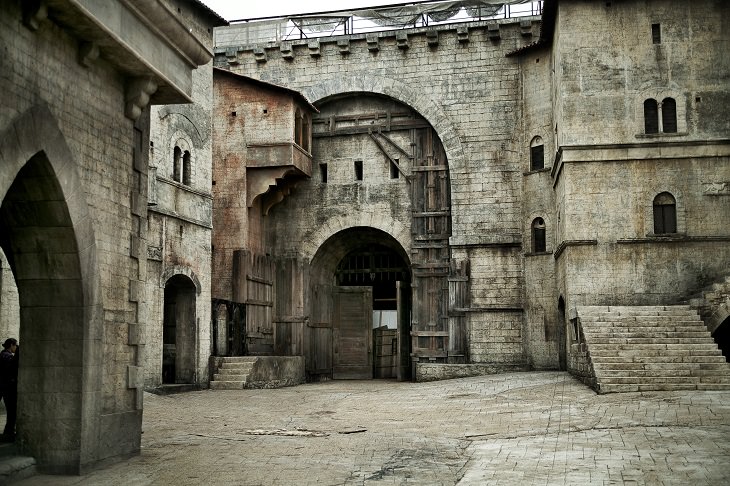
If you were anybody in Europe from the 1200s to the 1600s, you carried a pomander – a ball of scented materials, kept inside an open case, and used to ward of infections and bad smells. Since medieval Europeans believed that bad air could make you sick, these little balls were seen as life-savers.
This whole idea of portable perfume seems to have popped up in the Middle Ages after Crusaders, returning from holy wars, brought back their enemies’ perfume-making secrets. Even though the idea of personal oil-based perfumes didn’t catch on, they discovered that castor, musk, civet, ambergris, and other animal-based products made great bases for scents to perfume their clothes.
The first alcohol-based perfume was created in this period too: it was known as Hungary Water, because it was believed to have been created for the queen of Hungary during the 14th century, and included distilled alcohol and herbs.
If you were wondering what those animal-based ingredients above are, we hope you have a strong stomach. Musk is a secretion from the musk pod of the male musk deer, an organ used to mark territory; civet is a liquid from the anal glands of civet cats; castor is made from the scent glands of beavers; and ambergris is a grey oily lump found in the digestive system of sperm whales.
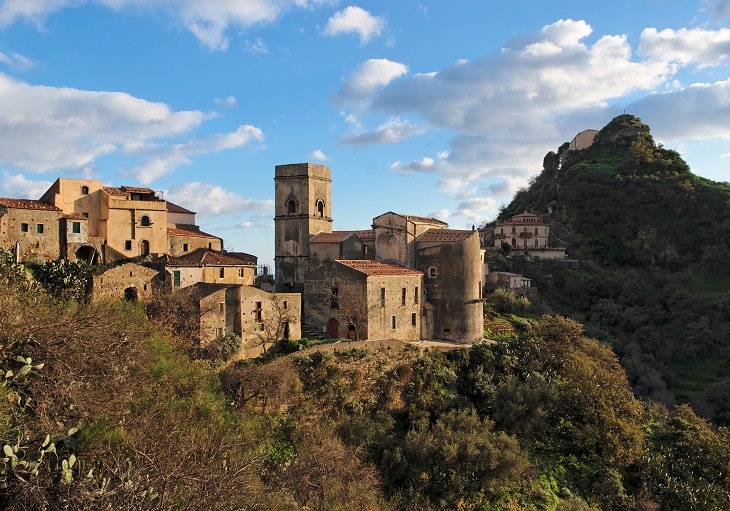
A serious breakthrough in perfume production came about in medieval Italy, when they discovered how to make aqua mirabilis, a clear substance made of 95% alcohol and imbued with strong scent. This was how liquid perfume was born. After this invention, Italy became the center of the world perfume trade for several centuries.
If there’s one person who can be credited with bringing Italian perfume to France and the rest of the world, it’s Catherine di Medici, who as an Italian bride to the French king had a perfume made for her by her Italian parfumier, Rene le Florentin – a scented water with bergamot and orange blossom. He also created musk and civet-scented gloves for her.
From there, things accelerated quickly: after a brief dip in perfume popularity in repressed Victorian England, synthetic compounds began to be discovered in the late 1800s, and the modern perfume industry was born.
Source: bustle
Images: depositphotos
Related Articles:
The Complete Guide to Using Perfumes Correctly
9 Tips for Smelling Good All Day Long
16 Heaven-Scent Plants That’ll Make Your Home and Garden Smell Divine